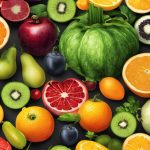Embarking on the culinary journey of preparing your own salmon quinoa bowl can be an exciting endeavor. Whether you are a novice cook or a seasoned chef, mastering the techniques of preparing perfectly cooked salmon and quinoa can elevate your dish to new flavor heights. This text aims to provide expert knowledge and tips on selecting the highest quality salmon, employing appropriate seasoning tactics, and mastering diverse cooking methods like grilling, baking, or pan-searing. Additionally, we delve into the art of cooking quinoa, understanding its different types and learning adept ways to enrich its flavor. Moreover, we also aim to ignite your creativity in the kitchen by guiding you through the process of developing your own unique salmon quinoa bowl recipes.
Salmon Preparation & Cooking Techniques
Picking Quality Salmon
Choosing quality salmon is the first critical step in creating a delicious salmon quinoa bowl. Fresh, quality salmon should be bright in color with a firm texture. The fish should not have any discoloration, dry spots, browning around the edges, or have a strong fishy smell – these are clear indications that the fish is not fresh. Moreover, the salmon’s skin should be shiny and resilient when poked.
Proper Marination and Seasoning
Effective marination and seasoning contribute significantly to the overall flavor of the salmon. For a basic marinade, you could combine different ingredients such as olive oil, lime juice, minced garlic, and a selection of spices such as paprika, salt, and black pepper. Marinate the salmon for at least 15 minutes or, ideally, up to an hour in the refrigerator; this allows enough time for the flavors to penetrate the salmon.
Grilling Salmon
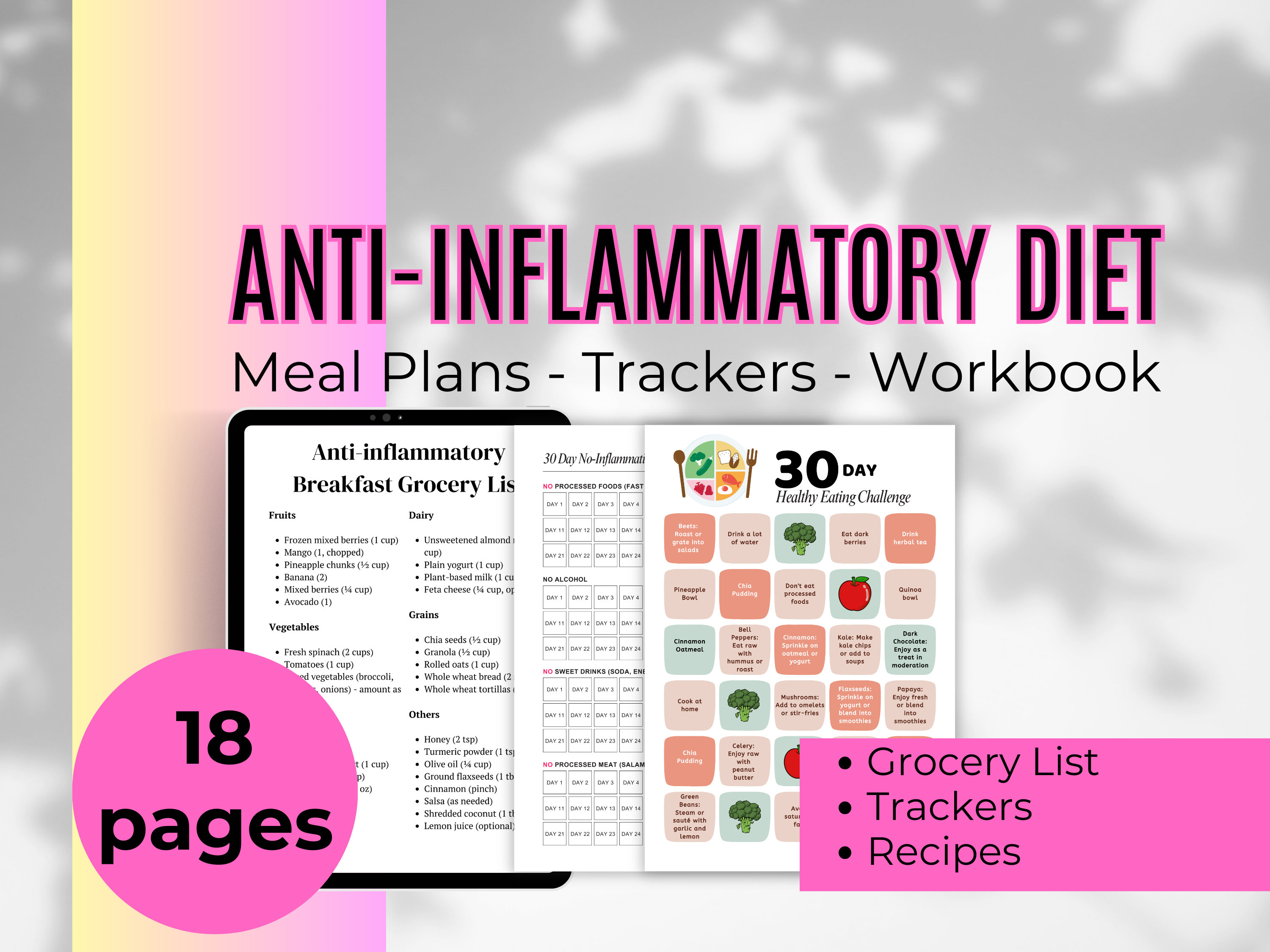
- 2-Week anti-inflammatory meal plan.
- 45 Foods that Cause Inflammation
- 31 Things to Avoid on Food Labels
- Grocery Lists. Challenges. Symptoms Tracker
Grilling is one of the easiest ways to cook salmon. To grill salmon, first preheat your grill to medium-high heat. Then, oil the grill grates to prevent the salmon from sticking. Place the salmon skin-side down on the grill and cook for about 6 to 8 minutes, then flip and cook for another 2 to 4 minutes, or until the flesh flakes easily with a fork.
Baking Salmon
Baking salmon is a simple method that locks in flavor and creates a tender, juicy finish. To bake salmon, preheat your oven to 450 degrees Fahrenheit. Place your salmon fillet with skin on a lined baking tray or dish. For a fillet about one inch thick, bake for 12-15 minutes. The salmon is done when it easily flakes with a fork.
Pan-Searing Salmon
Pan-searing is ideal for getting a crispy skin on the salmon. To begin, heat a tablespoon of oil in a non-stick pan over medium-high heat. Place the salmon skin-side down in the pan. Cook for about 4-5 minutes without moving it around to ensure the skin gets properly crispy. Then turn the salmon over and sear the other side for another 3-5 minutes, or until done.
Each of these preparation methods can deliver a flavorful and satisfying salmon quinoa bowl. The key is proper seasoning and monitoring the cook time to ensure it’s not overcooked, which could dry out the salmon.
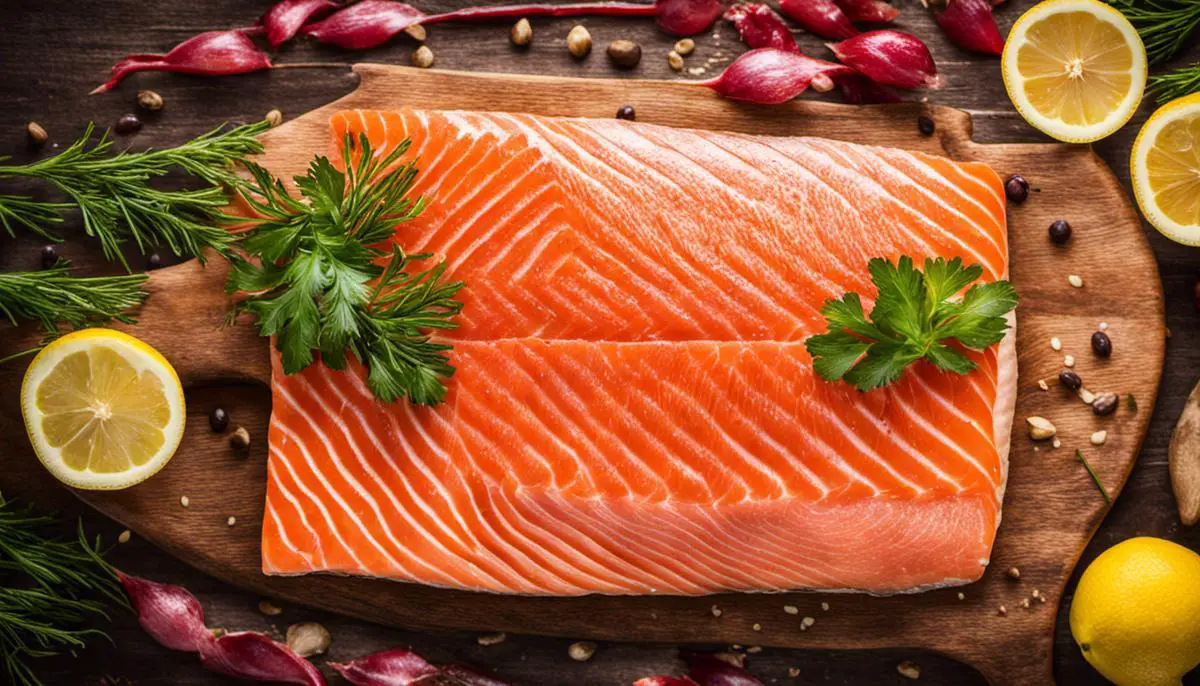
Quinoa Cooking & Flavour Infusion
Understanding Quinoa Varieties
Quinoa, a nutrient-rich and gluten-free grain, originates from the Andes of South America. It is available in several types, primarily white, red, and black quinoa. White quinoa, the most common variety, has a mild flavor and soft texture when cooked, making it versatile for many dishes. Red quinoa holds its shape better after cooking, ideal for salads and meals where a little crunch is desired. Black quinoa has an earthier flavor and slightly crunchier texture compared to the other varieties.
How to Cook Quinoa Perfectly Every Time
To begin cooking quinoa, first make sure to rinse it under cold water for at least 2 minutes. This removes the natural coating, called saponin, that can give cooked quinoa a bitter taste. After rinsing, drain the quinoa completely.
The basic quinoa to water ratio is 1:2 – for every one cup of quinoa, you’ll need two cups of water. Add the rinsed quinoa and water into a pot and bring the mixture to a boil over medium-high heat. Once it’s boiling, reduce the heat to low, cover the pot and let it simmer for about 15 minutes or until the quinoa has absorbed all of the water.
Afterwards, remove the pot from the heat and let it sit, covered, for about 5 minutes to allow the quinoa to steam and become fluffy. Use a fork to fluff the quinoa before serving.
Flavoring the Quinoa
There is much room for creativity when it comes to flavoring quinoa. Adding spices, herbs, and other ingredients during the cooking process can greatly enhance the final product.
One basic method of flavoring is to cook the quinoa in a flavorful liquid. Instead of water, use vegetable or chicken broth. Alternatively, mix in some bouillon with the water.
Spices and herbs can also be added directly to the pot as the quinoa cooks. Try adding a bay leaf, a garlic clove, or a pinch of cumin. A sprinkle of salt and pepper can also boost the flavor.
For a more adventurous flavor profile, try adding dried fruits like apricots or cranberries during the cooking process. This will give the quinoa a sweet touch. Nuts like almonds or walnuts can also be mixed in for added texture and depth of flavor.
How to Serve Quinoa
Quinoa is incredibly versatile and can be used as a side dish, mixed into salads, or served as the main course. For a delicious and healthy salmon quinoa bowl, you’ll need cooked quinoa, a grilled salmon fillet, and your choice of vegetables.
Simply season your salmon with salt, pepper, and lemon juice then grill until it’s cooked to your liking. You can choose from a wide range of vegetables such as avocado, cucumber, or kale.
To assemble your bowl, start with a base of quinoa, then top with slices of salmon and your chosen vegetables. For a final touch, drizzle with a simple vinaigrette or a dollop of Greek yogurt. The result is a flavorful, nutrient-packed quinoa bowl that will have you savoring every bite.
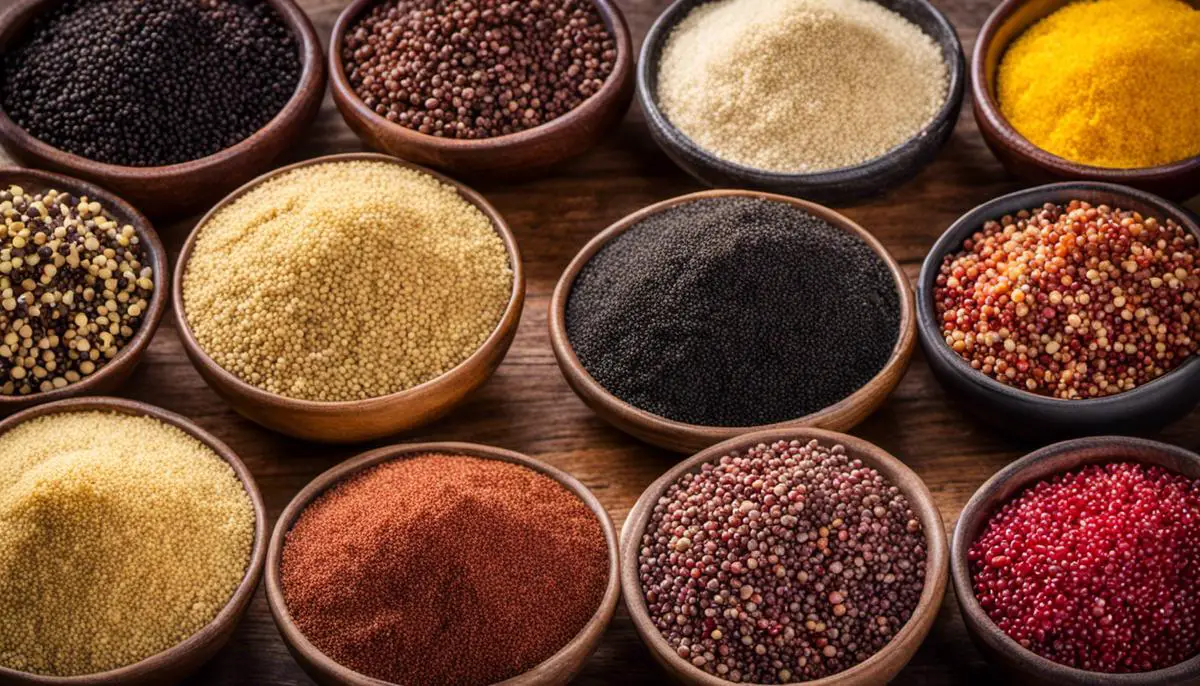
Recipe Development & Creativity
Beginning with the Basics: Salmon & Quinoa
The foundational elements of your salmon quinoa bowl are, unsurprisingly, salmon and quinoa. Begin by selecting high-quality salmon fillets and cooking them to your preferred level of doneness, typically via grilling, broiling, or pan-searing. Similarly, cook your quinoa in water or broth according to package directions.
Vegetable Varieties and Options
Take your dish to the next level by adding a variety of vegetables. Colorful bell peppers, cherry tomatoes, avocado, and cucumber will add a refreshing crunch, while vegetables such as cooked sweet potato, steamed broccoli, roasted Brussels sprouts, or sautéed mushrooms will lend a hearty note to the dish.
Herbs and Spices: Adding Flavor Notes
Next, consider incorporating fresh herbs and spices to enhance the flavor of your salmon quinoa bowl. Parsley, dill, basil, or cilantro can brighten up the dish, while spices such as smoked paprika, cumin, or chili powder can add depth and warmth. Experiment according to your palate.
Playing With Sauces: Layering the Taste
Sauces can profoundly impact the overall flavor of your meal. Try a tangy homemade vinaigrette with olive oil, lemon juice, and Dijon mustard, or play up the Asian notes with a soy, ginger, and sesame sauce. Also, you can make a creamy sauce with tahini or Greek yogurt as the base. Remember, balance is key – the sauce should complement but not overwhelm the other ingredients.
Food Pairing and Layering: Creating a Harmonious Dish
Understanding food pairing and layering is integral to create balanced and complex flavors. Salmon pairs well with citrus elements, such as lemon or orange, as its richness is counteracted by the tangy freshness. Quinoa, being a mild grain, can absorb flavors from sauces and vegetables, making it a versatile base. Layers can be formed by adding ingredients in stages – cook quinoa in a flavorful broth, marinate salmon before cooking, mix fresh and cooked veggies, and top with a sauce that ties all components together.
Balancing Nutritional Content
A wholesome meal is not only about flavors but also about nutritional balance. Quinoa, a complete protein, and salmon, rich in healthy fats, already make the base highly nutritious. Adding a variety of vegetables provides essential vitamins and fibers. Legumes or nuts can supplement protein content and add crunch.
Exploring Your Own Salmon Quinoa Bowl Recipes
Exploring and creating your own salmon quinoa bowl recipes involves a dynamic interplay of ingredients, flavors, and textures. The key is to remain open to experimenting with different foods and seasonings, using the guidelines above as a springboard for your culinary creativity.
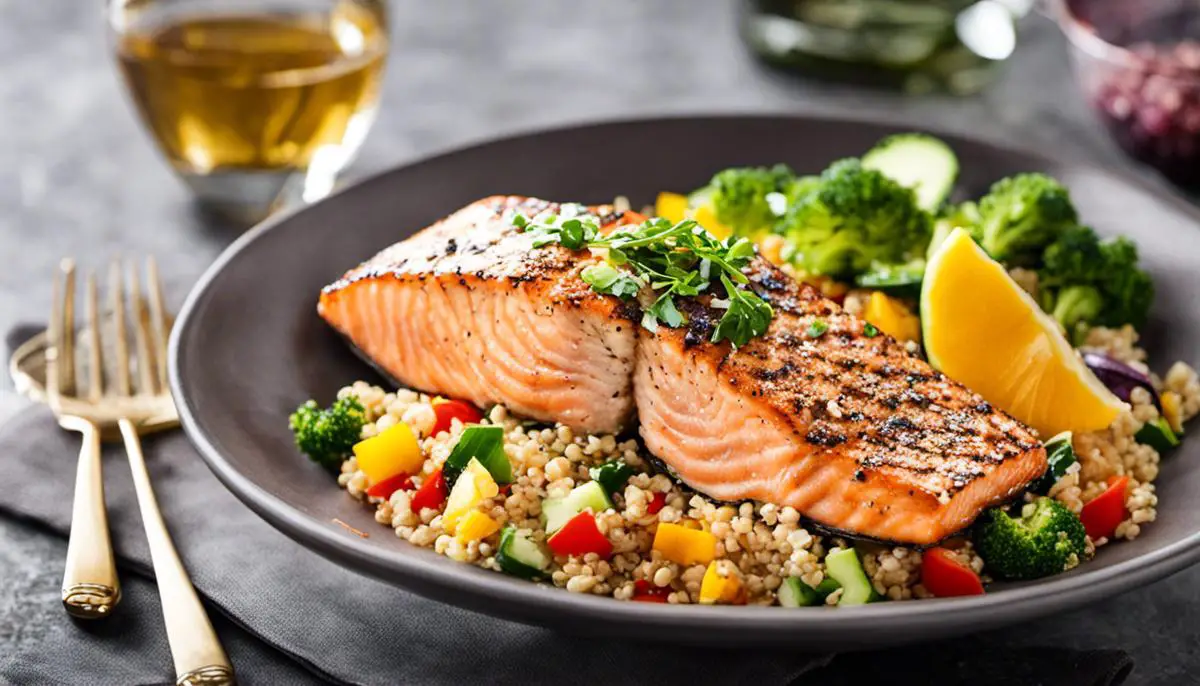
After exploring and experimenting with the wide-ranging facets of creating a salmon quinoa bowl, the world of culinary artistry is truly your oyster. With a comprehensive understanding of the process of selecting and preparing salmon, cooking quinoa effectively, and delicately pairing various ingredients, you are well-equipped to create your own signature dishes. Moreover, armed with the knowledge of flavor layering and food pairing, you can now confidently prepare a balanced, nutritious, and palate-pleasing dish. Remember, cooking is an art – it is all about marrying the right ingredients with apt techniques and adding a dash of creativity!



